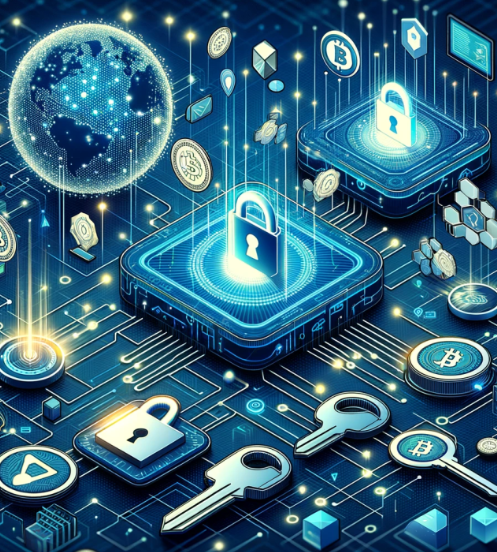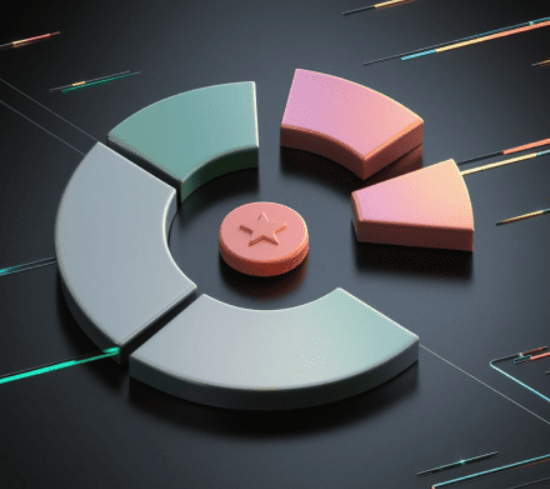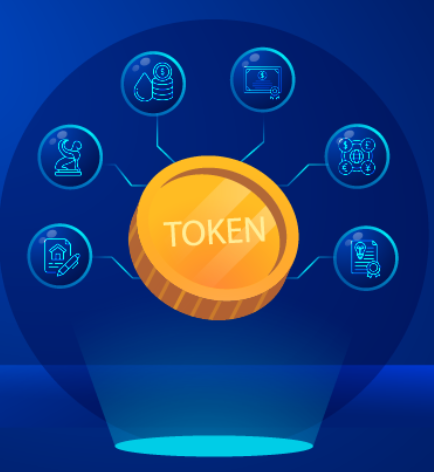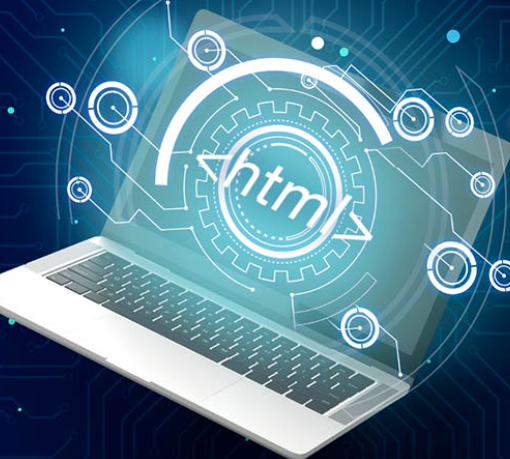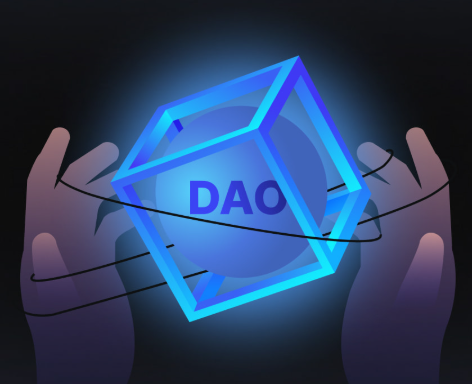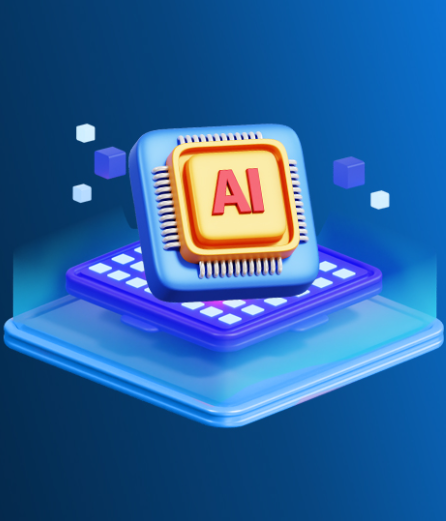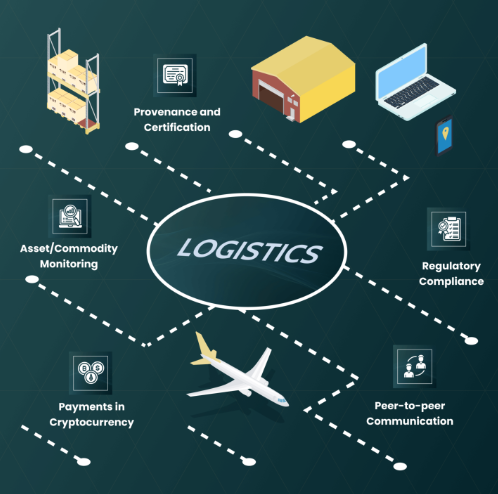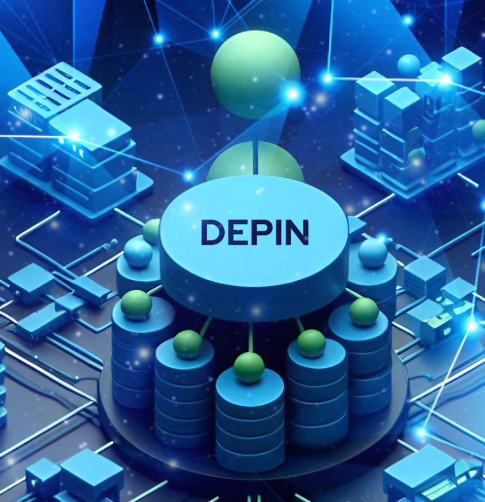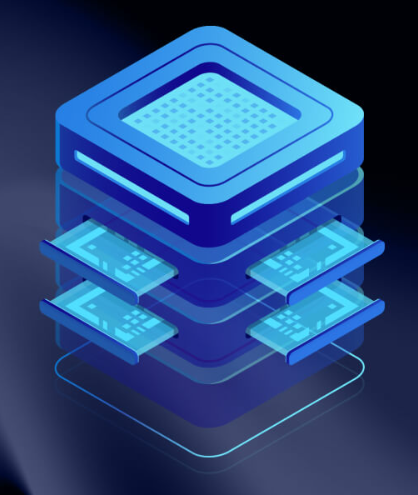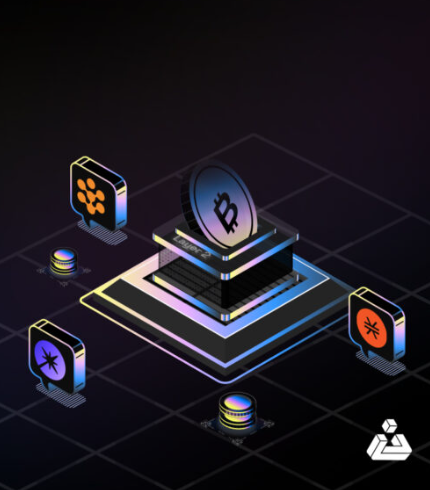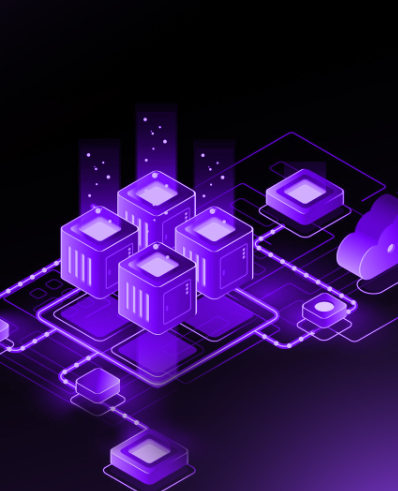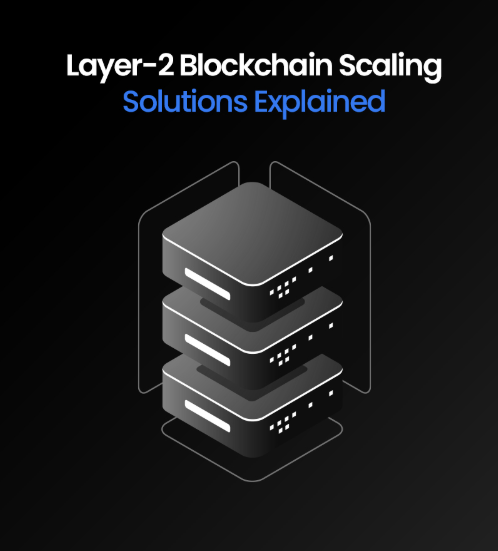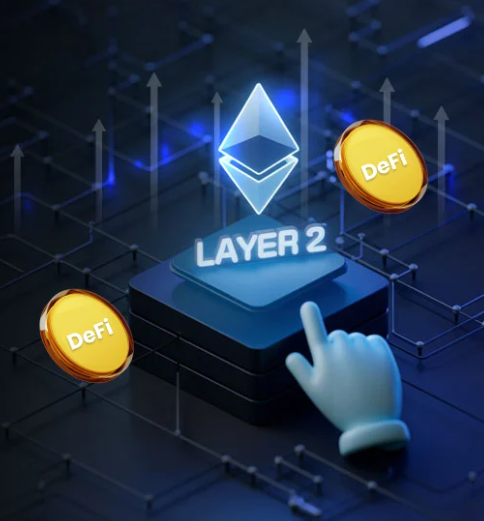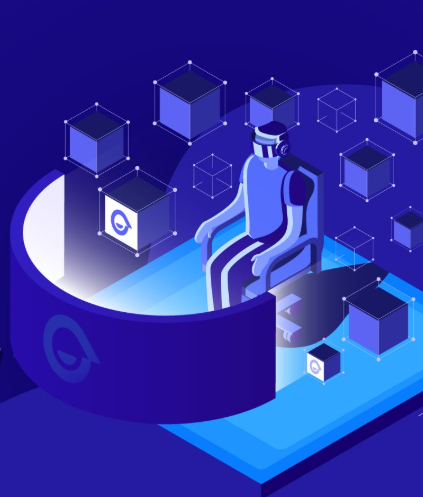
As the digital landscape transitions towards Web3, decentralized identity systems are emerging as a revolutionary solution to the growing concerns about privacy, security, and control over personal information. Unlike traditional centralized platforms, which depend on intermediaries like social media networks and financial institutions, decentralized identities provide individuals with greater autonomy over their digital selves, creating a tamper-proof and trustless environment through blockchain technology.
What is Decentralized Identity?
At the heart of decentralized identity systems is the idea of self-sovereign identity (SSI). In this framework, individuals retain full control over their data, determining how, when, and with whom they share it. Rather than relying on third parties to store personal data, decentralized identity allows users to manage their credentials directly on blockchain networks.
These credentials are safeguarded using cryptography and Decentralized Identifiers (DIDs). DIDs are unique, blockchain-based identifiers that securely represent individuals in the digital world. They allow users to authenticate their identities without ceding control to centralized entities. When paired with verifiable credentials (VCs), DIDs enable individuals to prove elements of their identity—such as age or education—while ensuring privacy is maintained.
A key feature of decentralized identity systems is the use of Decentralized Public Key Infrastructure (DPKI), which manages cryptographic keys. This infrastructure supports secure, private interactions by eliminating the risk of data manipulation from a single governing entity.
Why Decentralized Identity is Crucial in Web3
The promise of Web3 lies in decentralizing control over digital assets, data, and identities, allowing users to fully own their online presence. Decentralized identity plays a critical role in realizing this vision, shifting away from traditional, centralized control by governments, corporations, and tech giants.
Here’s why decentralized identity is so significant:
- Control Over Personal Data: Users regain ownership of their personal information and can choose what data to share, such as verifying age, without exposing sensitive details like home addresses or Social Security numbers.
- Privacy by Default: Unlike centralized platforms, which demand users disclose all their data, decentralized identity systems let users decide what information to share and when, aligning with the principle of privacy by design.
- Enhanced Security and Fraud Prevention: By using distributed ledgers, decentralized identity systems reduce the risk of data breaches, as there’s no single point of failure. Credentials are stored cryptographically across the network, minimizing the risk of theft or alteration.
- Trustless Transactions: Decentralized identity leverages blockchain’s trustless nature, eliminating the need for third-party verification and enabling peer-to-peer interactions without intermediaries.
Key Components of Decentralized Identity Systems
Several technologies come together to form decentralized identity systems:
- Decentralized Identifiers (DIDs): DIDs are self-sovereign, blockchain-based identifiers that represent users within decentralized networks. These identifiers are stored on a distributed ledger, ensuring they remain immutable and outside the control of any central authority.
- Verifiable Credentials (VCs): VCs are digital statements that can be cryptographically verified. For example, a university can issue a digital diploma, allowing the holder to prove their educational background without revealing extraneous details like grades or graduation dates.
- Decentralized Public-Key Infrastructure (DPKI): DPKI enables users to securely create, store, and manage their cryptographic keys, ensuring that only they control their identities and credentials.
- Blockchain Technology: Blockchain provides a decentralized, tamper-resistant ledger where DIDs are stored, guaranteeing that users’ identities remain secure and unaltered without network consensus.
Real-World Applications in Web3
Decentralized identity systems have far-reaching applications across various Web3 domains:
- Authentication and Access Control: Traditional password-based logins are replaced by DIDs, offering a more secure way for users to authenticate without relying on passwords, which are vulnerable to hacks.
- Decentralized Finance (DeFi): DeFi applications leverage decentralized identity protocols to allow users to participate in financial platforms while protecting their privacy. Users can meet Know Your Customer (KYC) requirements without revealing excessive personal information.
- Gaming and the Metaverse: Blockchain-based games and metaverse projects benefit from decentralized identity by allowing users to carry their identities, assets, and reputations across various platforms. Players can prove ownership of in-game assets without exposing real-world identity.
- Reusable KYC: Traditional KYC processes are costly and repetitive. With decentralized identity, users can reuse existing KYC verifications, reducing the need to share their personal data multiple times.
Challenges in Adopting Decentralized Identity
Despite the clear benefits, several challenges stand in the way of widespread adoption:
- Regulatory Compliance: Governments and regulators are still trying to determine how to incorporate decentralized identity systems within existing legal frameworks. Challenges arise particularly in areas like anti-money laundering (AML) and KYC compliance, which may conflict with decentralized models.
- User Adoption: While blockchain enthusiasts quickly grasp the advantages of decentralized identity, the broader public, accustomed to centralized services, may be hesitant to make the switch. Overcoming this barrier will require significant education and outreach.
- Interoperability: While decentralized identity systems follow global standards such as those set by the W3C and the Decentralized Identity Foundation (DIF), ensuring seamless interoperability between different blockchains and identity providers remains a significant hurdle.
- Scalability: Like other blockchain-based technologies, decentralized identity systems must address scalability challenges to manage millions of transactions and verifications efficiently across the globe.
The Future of Decentralized Identity
As Web3 continues to unfold, decentralized identity systems are poised to become a cornerstone of the digital age. The shift from centralized control to user-managed data is already underway, and while challenges persist, the potential benefits are clear.
Looking to the future, decentralized identity could become the standard for all digital interactions. Whether it’s for accessing services, verifying qualifications, or proving identity, the ability to control one’s identity without third-party intermediaries will not only empower individuals but also pave the way for a more secure and user-centric digital ecosystem.








